



Connector types in cleaning devices are not universally compatible. My decade of experience in the industry has taught me that selecting the right fittings is crucial for optimal performance. Generic connectors may seem convenient, but they often lead to leaks or reduced efficiency, causing frustrations during cleaning tasks.
For instance, M22 and 3/8” quick-connect fittings are common yet differ significantly in dimensions and threading. Mixing these can result in inadequate sealing and pressure loss. Always verify the specifications of your specific model before purchasing connectors or hoses.
Additionally, many brands produce their own proprietary connections, complicating the compatibility issue further. It is advisable to source connectors directly from the device manufacturer to ensure a proper fit and functionality. This attention to detail guarantees a seamless cleaning experience and extends the life of your equipment.
Types of Pressure Washer Connectors
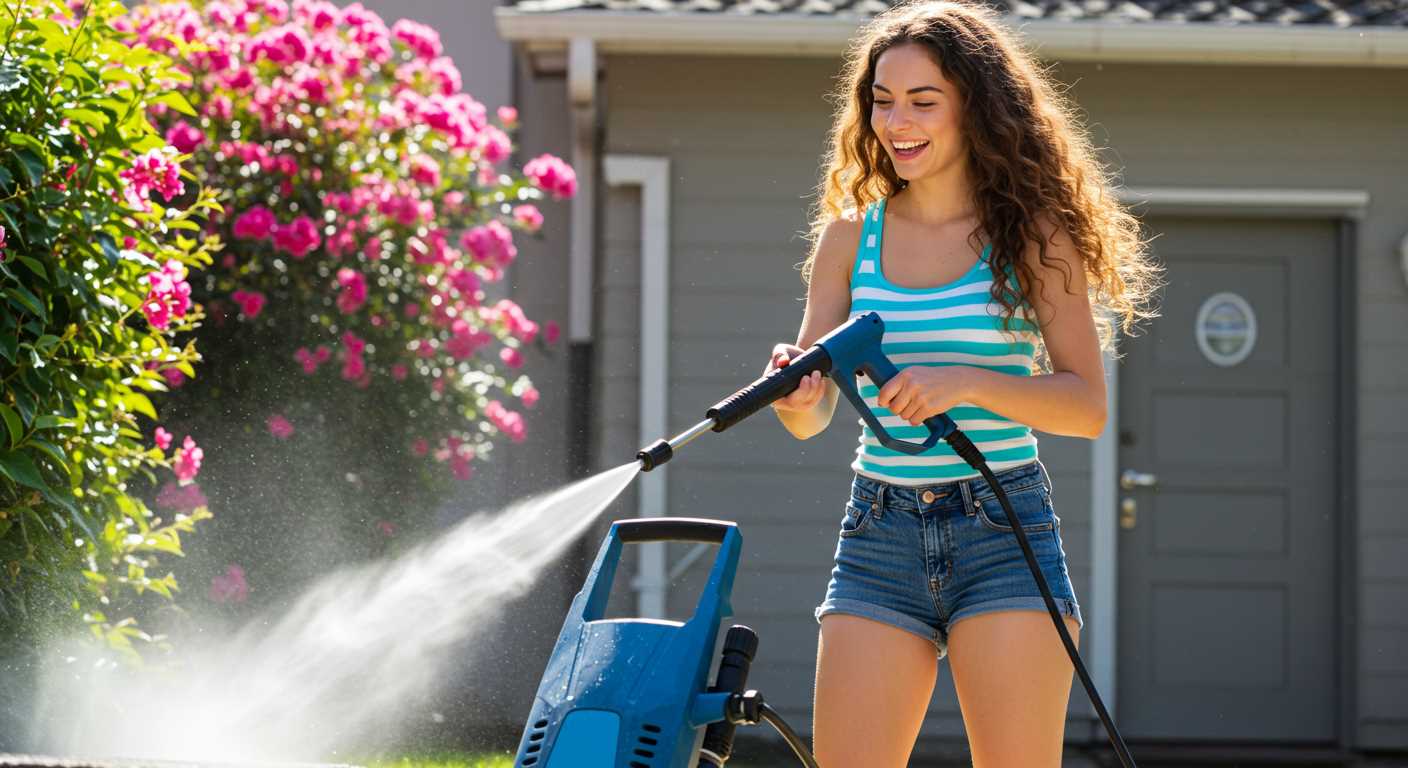
Understanding the various types of fittings available is crucial for maintaining compatibility across different systems. Here’s a breakdown of the most commonly used types:
Quick Connect Fittings
These versatile connections allow for easy attachment and detachment of hoses and accessories. They typically feature a male and female coupling that lock securely. Make sure to select the right size for your model; mismatched sizes can lead to leaks or pressure loss.
M22 Connectors
Commonly found on professional-grade equipment, M22 connectors come in two variations: 14mm and 15mm. Always check the specifications of your model to ensure compatibility, as the size affects the flow rate and pressure.
| Type | Size | Usage |
|---|---|---|
| Quick Connect | Varies | General compatibility for hoses and nozzles |
| M22 | 14mm, 15mm | Used in professional models |
| 1/4″ NPT | 1/4 inch | Common in North America for various attachments |
| 3/8″ Connectors | 3/8 inch | Typically used in industrial applications |
Additionally, be mindful of attachment accessories, as these can vary significantly. Use the appropriate fittings to ensure optimal performance and durability. Understanding these types will simplify your purchasing decisions and help avoid compatibility issues.
Compatibility between different brands
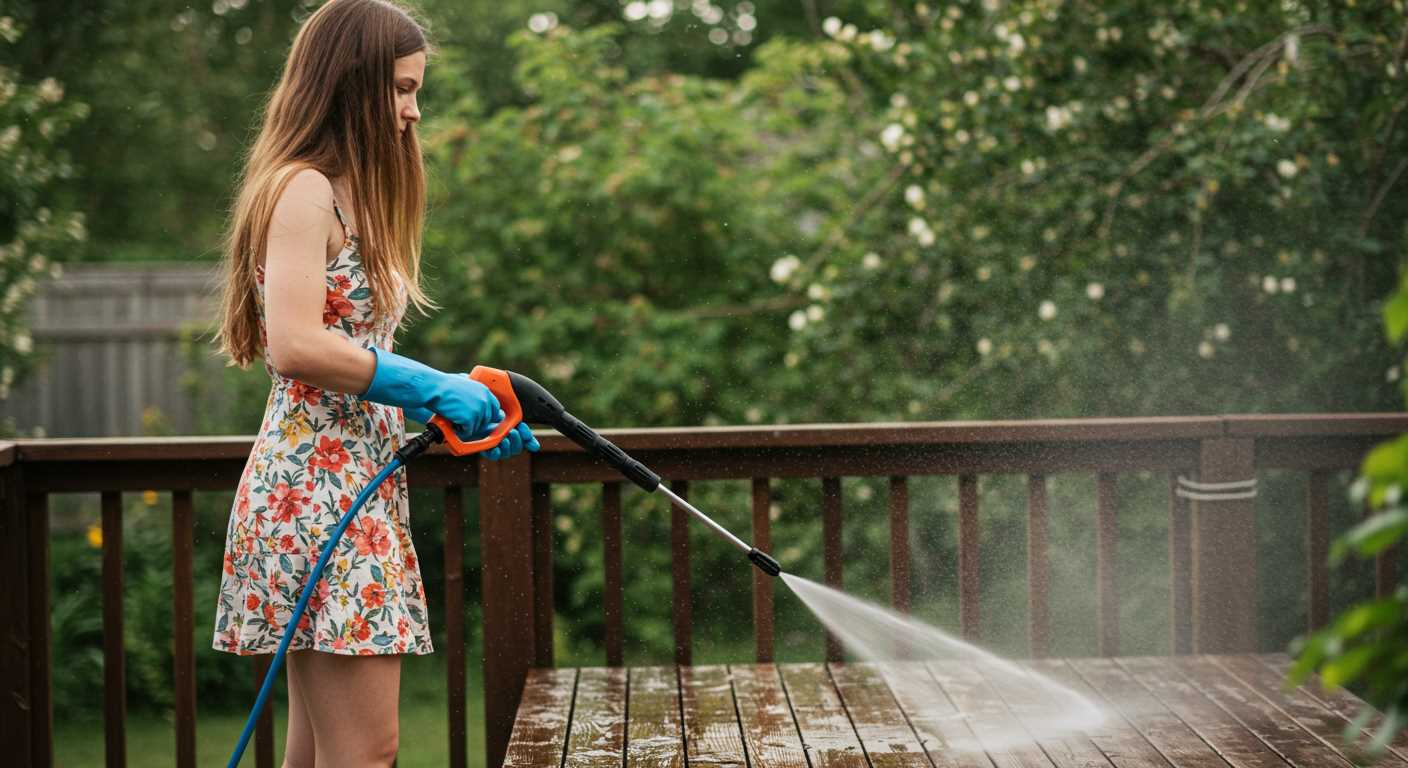
To ensure seamless functionality, verify the specifications for connectors of various manufacturers. Not every brand uses a universal fitting standard, which can lead to compatibility issues. For instance, North American brands like Sun Joe often have different connector types compared to European manufacturers like Kärcher.
Identifying Types for Matching
Always check the thread sizes and shapes. M22 connectors are common, but brands like Bostitch use specific proprietary types. Adaptors might be necessary for non-compatible connectors, but these can affect performance and may create leaks.
Testing Before Use
Before using accessories from different brands, perform a quick compatibility test. Attach the wand and observe for a snug fit without excessive force. This can prevent damage to both the accessory and the main unit. If there is any doubt, refer to a compatibility chart provided by the manufacturer.
Always prioritise reliability over cost. Compatibility isn’t just about fitting; it’s also about how well the components work together to achieve desired results. Keeping these factors in mind will save time and resources in the long run.
Connection fittings and size standards
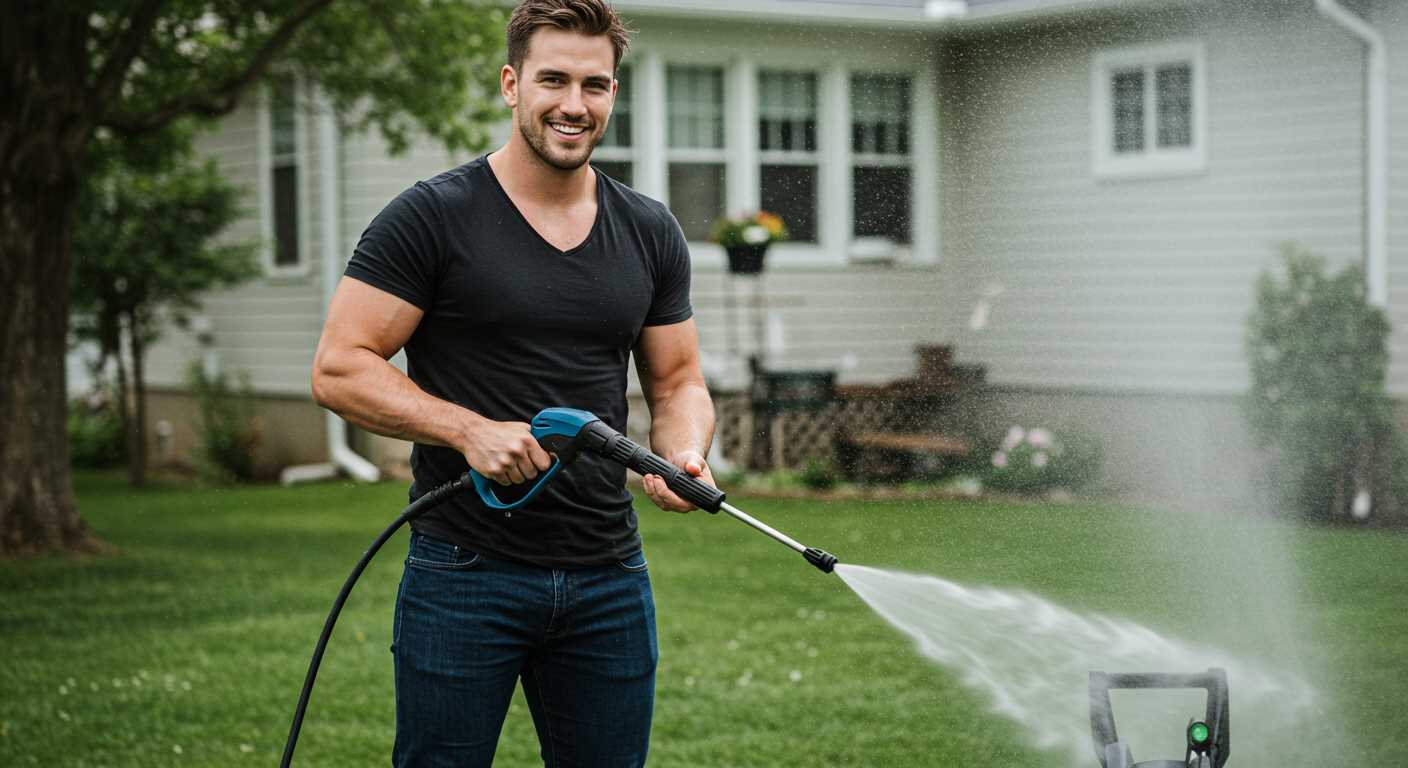
To ensure seamless operation between different machines and accessories, understanding the specifications of connection fittings is paramount. A few key standards prevail in the industry, which dictates the compatibility and size of attachments.
Common Size Standards
- 1/4 inch Quick Connect: Predominantly used in many consumer-grade devices. It’s crucial to verify the fitting type as manufacturers might use variations.
- 3/8 inch Quick Connect: More common in commercial models. This size offers an enhanced flow rate, suitable for heavier tasks.
- M22: A metric standard found in several European brands. M22 fittings are usually threaded, making them more secure.
Moreover, each fitting may have specific pressure ratings that must be respected to prevent damage. Always consult the machine’s manual for the correct specifications.
Material Considerations
Opt for brass or stainless steel fittings over plastic. Metal connectors tend to withstand higher pressures and last longer. Pay attention to the inner diameter, as it directly affects water flow.
When adjusting or replacing fitting, use a sealant tape to prevent leaks. This practice not only prolongs the life of both equipment and connections but enhances overall efficacy.
In summary, be informed about the prevalent sizes and materials for attachments. This knowledge aids in choosing reliable fittings that guarantee consistent performance and safety.
Adaptors and Conversions for Pressure Cleaners
For seamless operation across various brands, adopting the right adaptors is crucial. These attachments ensure compatibility between differing equipment and can enhance overall functionality. I recommend investing in quality adaptors specifically designed for your models; this avoids leaks and inefficiencies during use.
Types of Adaptors Available
Numerous types of adaptors exist, each tailored for specific connections. Common varieties include threaded adaptors, quick-connect fittings, and bayonet-style links. Threaded adaptors suit situations requiring standardised screw connections, while quick-connect systems offer convenience for rapid changes. Furthermore, bayonet-style connections can be optimal for particular hoses and nozzles. Check the specifications of your devices to select appropriate adaptors.
Conversion Kits and Their Utility
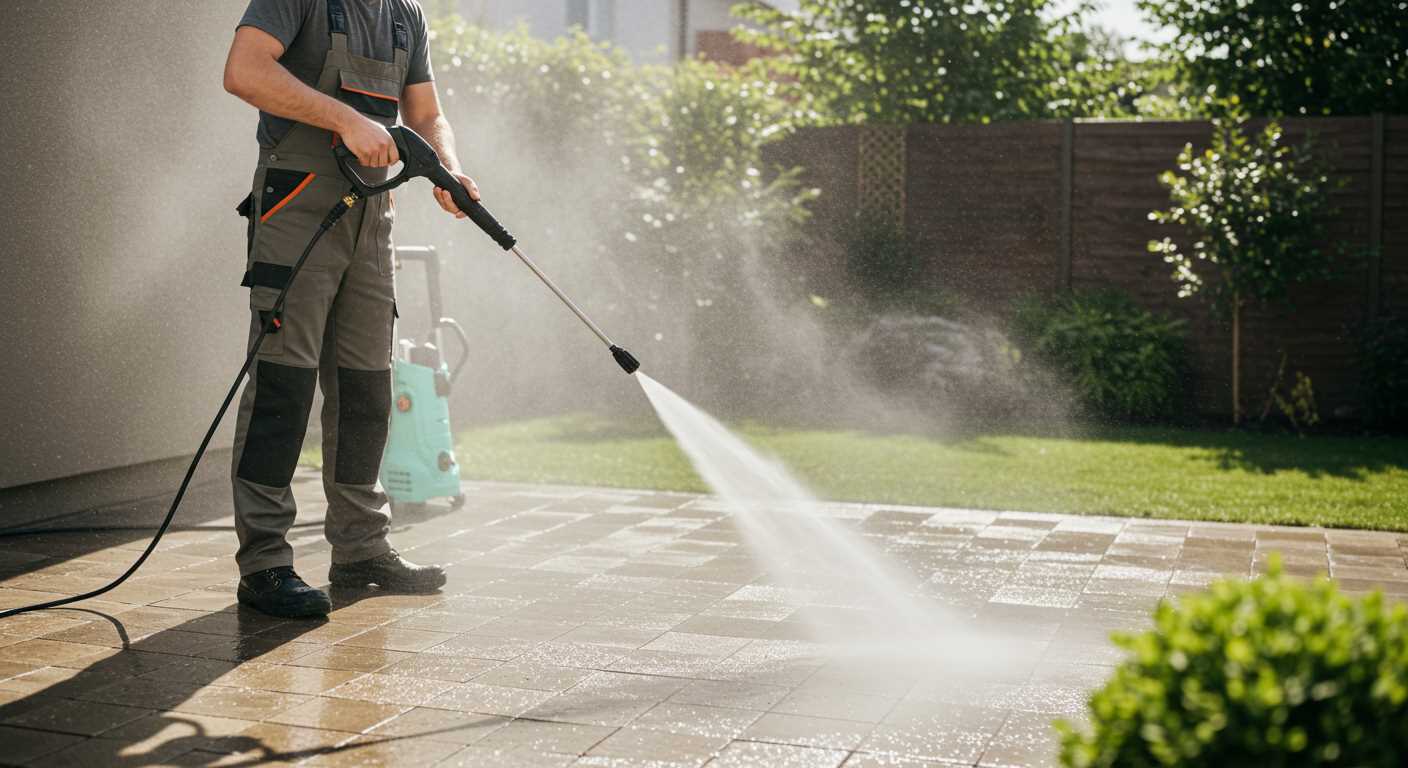
In cases where direct compatibility is lacking, conversion kits can be a game changer. These kits often include multiple adaptors, offering versatility for various usages. Before purchasing, examine the dimensions and compatibility features to ensure the kit complements your existing setups. A well-chosen conversion kit maximises your cleaning potential while saving time and reducing frustration.
Tips for Maintaining Connector Integrity
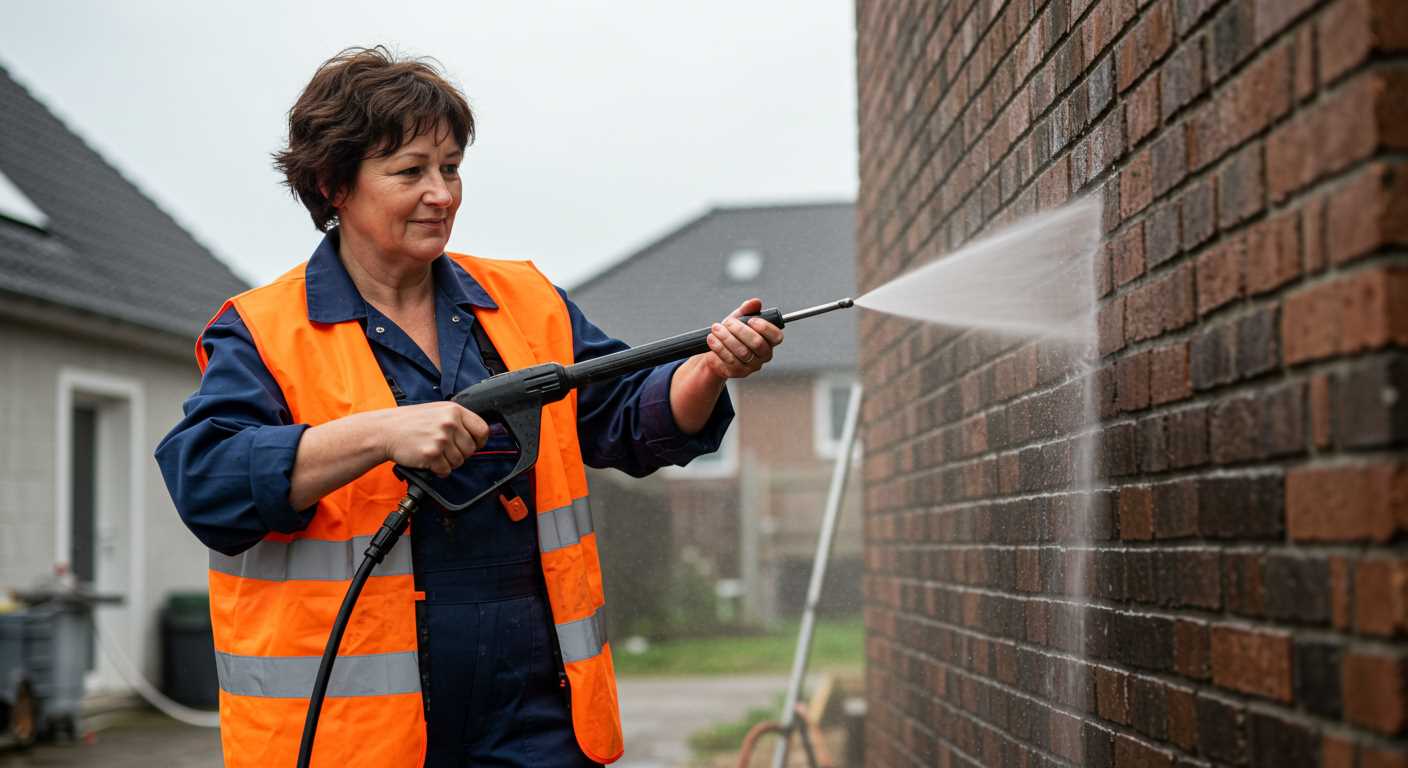
Regularly inspect connectors for signs of wear or damage to prevent leaks during operation. If you notice any cracks or corrosion, replace them immediately to maintain performance.
Utilise Teflon tape on threaded connections to ensure a tight seal. This simple addition can help prevent unwanted water loss and preserve connector longevity.
Always clean the connectors after each use. Residue build-up can lead to poor connections over time. A soft brush and warm soapy water should suffice for routine maintenance.
Store connectors in a dry, protected area to minimise exposure to moisture and extreme temperatures. This can significantly extend their lifespan and keep them functioning properly.
When disconnecting, twist gently rather than pulling straight out. This reduces stress on the connectors, helping to maintain their structural integrity.
Periodically lubricate O-rings with silicone grease to prevent cracking and ensure a smooth connection. Replacing O-rings as needed will also enhance performance.
When using adapters, ensure they fit snugly. Loose connections can lead to inefficiencies or equipment damage.
Using connectors from one brand may not always guarantee compatibility with another. Checking specifications before mixing products can save you from potential issues.
Identifying Wear and Tear on Connectors
Inspect connectors regularly for signs of damage such as cracks, rust, or deformation. Any visible deterioration can lead to leaks or poor performance. Always check the sealing rings for wear; replacing these can prevent unnecessary issues.
A good practice is to perform a simple water test. Connect the hose and turn on the supply. Watch for any leaks around the joints. If you notice water escaping, that indicates a compromised seal or faulty connection.
Pay close attention to the threads. Worn or stripped threads can prevent a tight fit, leading to problems during operation. If you struggle to connect or disconnect components, it may indicate that threads are damaged and need replacing.
Look for signs of corrosion, especially in metals prone to rust. This can often be addressed with protective sprays or regular maintenance. Use silicone grease on threaded areas to reduce friction and prevent rust.
Lastly, monitor the connection during use. If vibration or shifting occurs, it may imply poor alignment or the need for a secure fit. Always ensure components are tightened correctly after any maintenance or replacement.
Choosing the right connector for your needs
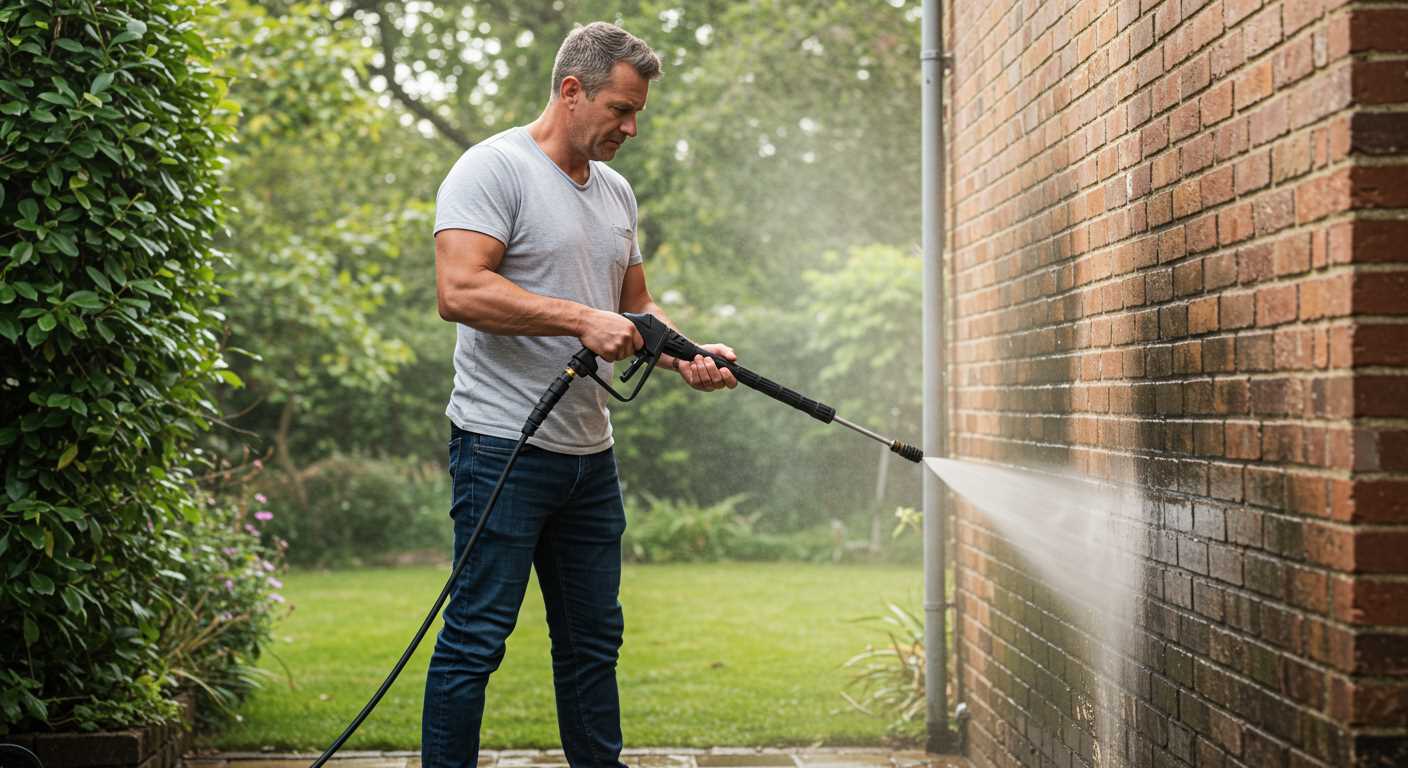
Select the connector compatible with your equipment by first assessing the specifications of both your machine and the desired accessory. Ensure that the connector type matches the fitting on your unit, whether it is a quick connect or threaded style. It is paramount to consider the application as well–some connections are designed for specific tasks like low or high pressure.
- Evaluate pressure rating: Check the specifications for maximum pressure tolerance. Using an incorrect connector can lead to failure and potential hazards.
- Material choice: Opt for brass or stainless steel connectors for durability. Plastic variants can be cost-effective but may wear out faster under high-pressure conditions.
- Length and size: Ensure the hose length and diameter fit your needs. Standard sizes typically vary between 1/4″, 3/8″, and 1/2″. Double-check compatibility with your existing setup.
For frequent use of various attachments, consider investing in a versatile adapter. These allow you to switch between different connector types without requiring multiple hoses. Make sure that the adapter supports the required pressure and flow rate.
Keep an eye on manufacturer recommendations for the best performance. Some brands may have proprietary fittings that work only seamlessly with their products. Always consult the user manual for your equipment before making a final decision on connectors.
- Accessories: If you plan to use various nozzles or wands, ensure that the chosen connector accommodates all these attachments.
- Future-proof your choice: If you anticipate upgrading your equipment, consider a more adaptable connector system now to save costs later.
Lastly, contact customer support of reputable brands if confused about compatibility or selection; their expertise could save you time and future hassles.






